More research shows declining cognitive skills in humans using AI — including physicians. Some say this isn’t a problem but an opportunity. Should you believe them?
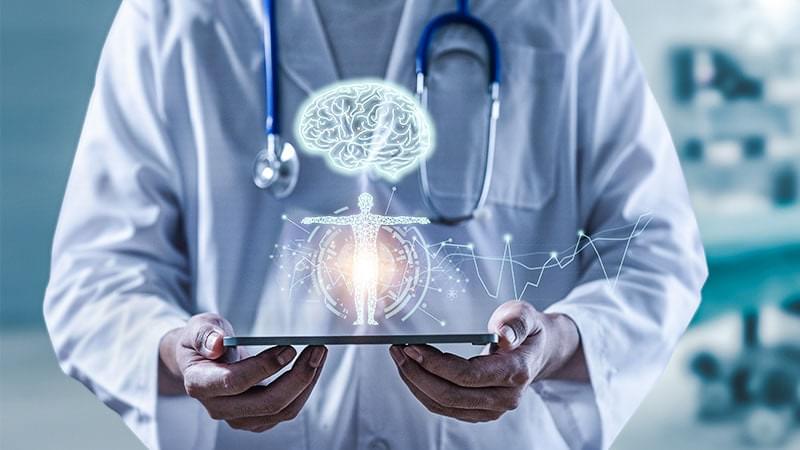


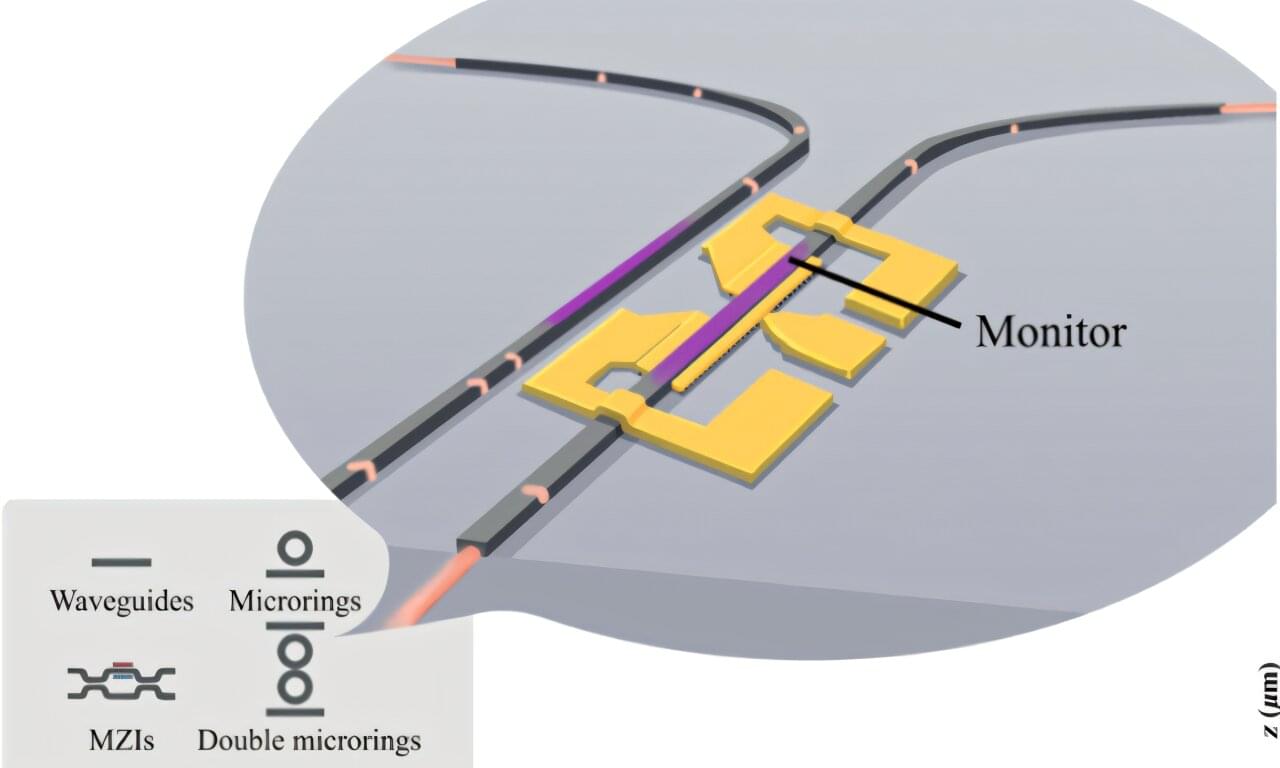
Programmable photonics devices, which use light to perform complex computations, are emerging as a key area in integrated photonics research. Unlike conventional electronics that transmit signals with electrons, these systems use photons, offering faster processing speeds, higher bandwidths, and greater energy efficiency. These advantages make programmable photonics well-suited for demanding tasks like real-time deep learning and data-intensive computing.
A major challenge, however, lies in the use of power monitors. These sensors must constantly track the optical signal’s strength and provide the necessary feedback for tuning the chip’s components as required. However, existing on-chip photodetectors designed for this purpose face a fundamental tradeoff. They either have to absorb a significant amount of the optical signal to achieve a strong reading, which degrades the signal’s quality, or they lack the sensitivity to operate at the low power levels required without needing additional amplifiers.
As reported in Advanced Photonics, Yue Niu and Andrew W. Poon from The Hong Kong University of Science and Technology have addressed this challenge by developing a germanium-implanted silicon waveguide photodiode. Their approach overcomes the tradeoffs that have hindered existing on-chip power monitoring technologies.
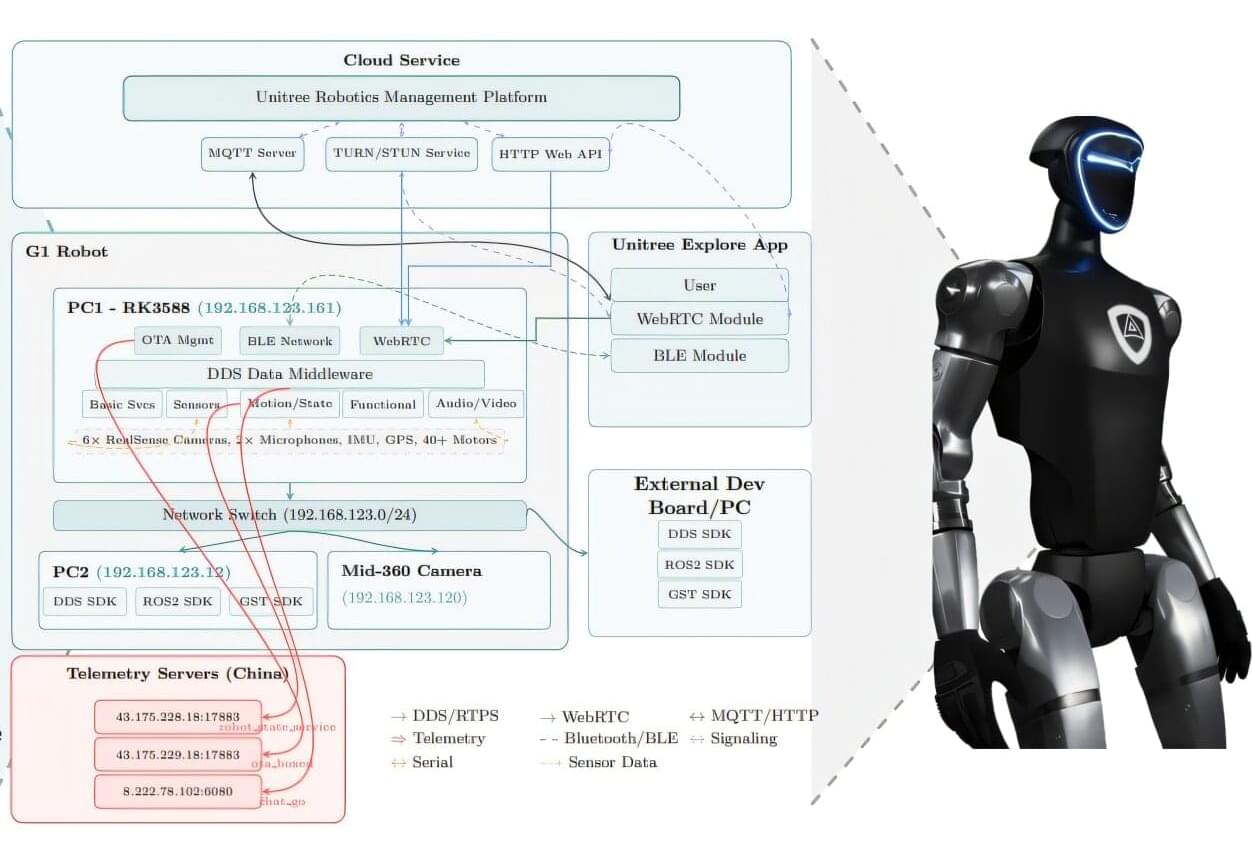
Researchers have uncovered serious security flaws with the Unitree G1 humanoid robot, a machine that is already being used in laboratories and some police departments. They discovered that G1 can be used for covert surveillance and could potentially launch a full-scale cyberattack on networks.
It sounds like the stuff of science fiction nightmares, robots that are secretly spying on you and could be controlled by remote hackers. However, the concern is real, as these types of robots are becoming increasingly common in homes, businesses, critical infrastructure and public spaces.

In the 17th century, astronomers Christiaan Huygens and Giovanni Cassini trained their telescopes on Saturn and uncovered a startling truth: the planet’s luminous bands were not solid appendages, but vast, separate rings composed of countless nested arcs.
Centuries later, NASA’s Cassini–Huygens (Cassini) probe carried the exploration of Saturn even further. Beginning in 2005, it sent back a stream of spectacular images that transformed scientists’ understanding of the system. Among its most dramatic revelations were the towering geysers on Saturn’s icy moon Enceladus, which blasted debris into space and left behind a faint sub-ring encircling the planet.
New supercomputer simulations from the Texas Advanced Computing Center (TACC) based on the Cassini space probe’s data have found improved estimates of ice mass Enceladus is losing to space. These findings help with understanding and future robotic exploration of what’s below the surface of the icy moon, which might harbor life.

Researchers from The University of New Mexico and Los Alamos National Laboratory have developed a novel computational framework that addresses a longstanding challenge in statistical physics.
The Tensors for High-dimensional Object Representation (THOR) AI framework employs tensor network algorithms to efficiently compress and evaluate the extremely large configurational integrals and partial differential equations central to determining the thermodynamic and mechanical properties of materials.
The framework was integrated with machine learning potentials, which encode interatomic interactions and dynamical behavior, enabling accurate and scalable modeling of materials across diverse physical conditions.
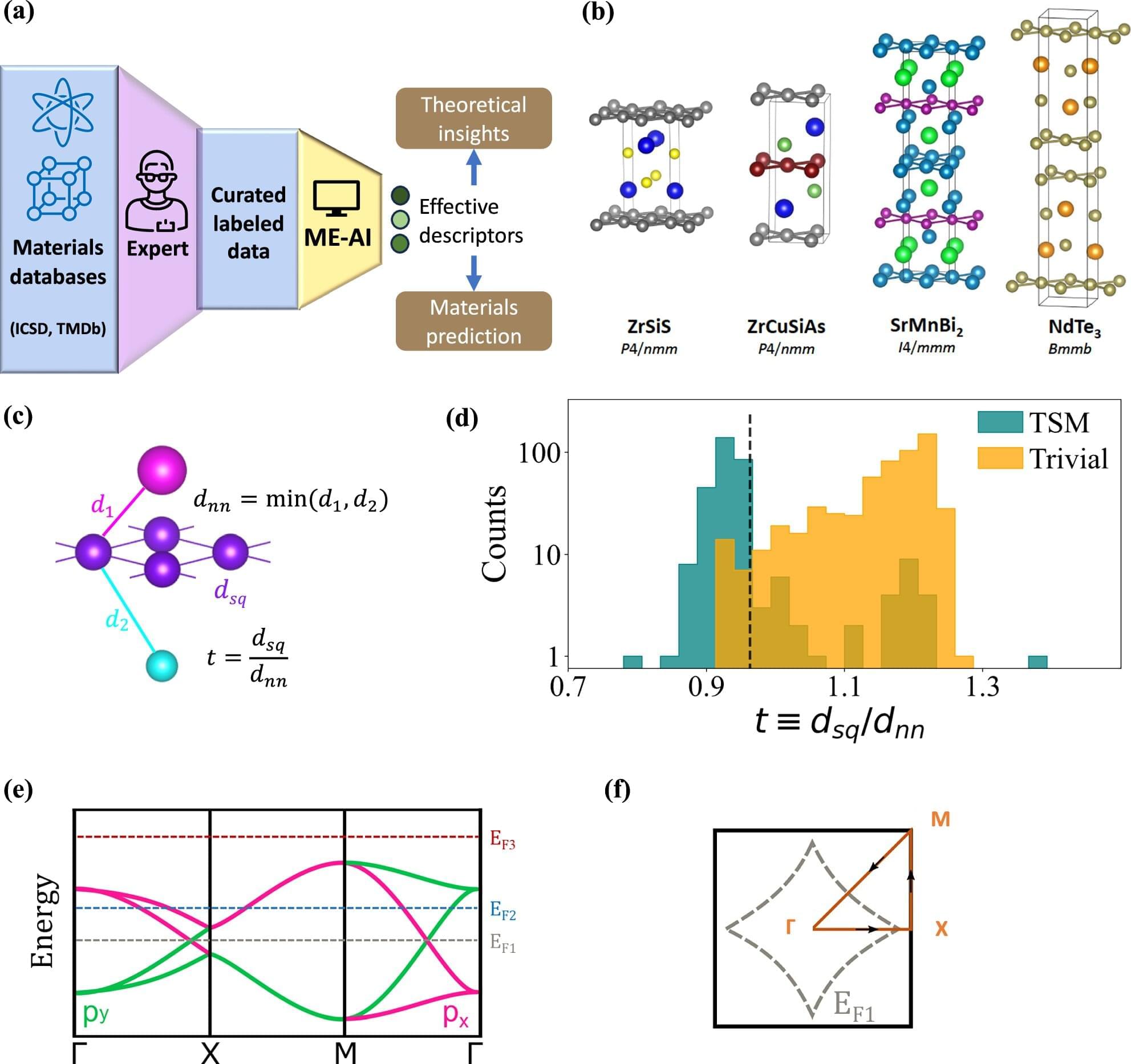
Many properties of the world’s most advanced materials are beyond the reach of quantitative modeling. Understanding them also requires a human expert’s reasoning and intuition, which can’t be replicated by even the most powerful artificial intelligence, mixed with fortuitous accident, according to Eun-Ah Kim, the Hans A. Bethe Professor of physics in the College of Arts and Sciences.
Kim and collaborators have developed a machine-learning model that encapsulates and quantifies the valuable intuition of human experts in the quest to discover new quantum materials. The model, Materials Expert-Artificial Intelligence (ME-AI), “bottles” this intuition into descriptors that predict the functional properties of a material. The team used the method to solve a quantum materials problem.
“We are charting a new paradigm where we transfer experts’ knowledge, especially their intuition and insight, by letting an expert curate data and decide on the fundamental features of the model,” said Kim, director of the Cornell-led National Science Foundation AI-Materials Institute. “Then the machine learns from the data to think the way the experts think.”
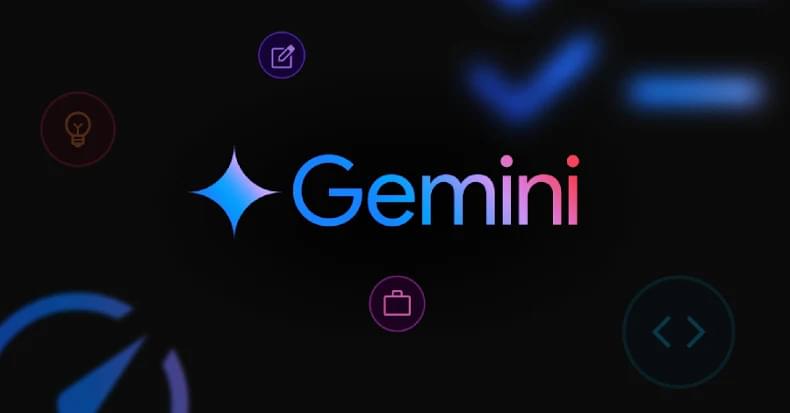

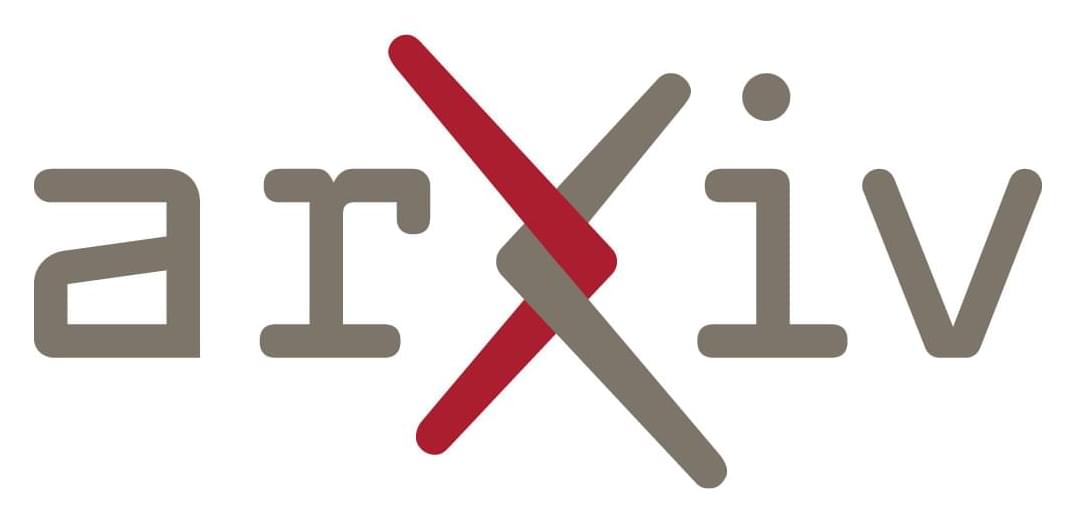
AI scientists are emerging computational systems that serve as collaborative partners in discovery. These systems remain difficult to build because they are bespoke, tied to rigid workflows, and lack shared environments that unify tools, data, and analyses into a common ecosystem. In omics, unified ecosystems have transformed research by enabling interoperability, reuse, and community-driven development; AI scientists require comparable infrastructure. We present ToolUniverse, an ecosystem for building AI scientists from any language or reasoning model, whether open or closed. TOOLUNIVERSE standardizes how AI scientists identify and call tools, integrating more than 600 machine learning models, datasets, APIs, and scientific packages for data analysis, knowledge retrieval, and experimental design. It automatically refines tool interfaces for correct use by AI scientists, creates new tools from natural language descriptions, iteratively optimizes tool specifications, and composes tools into agentic workflows. In a case study of hypercholesterolemia, ToolUniverse was used to create an AI scientist to identify a potent analog of a drug with favorable predicted properties. The open-source ToolUniverse is available at https://aiscientist.tools.